Safety First: A Guide to Engraving Rules
Safety First: A Guide to Engraving Rules and Best Practices
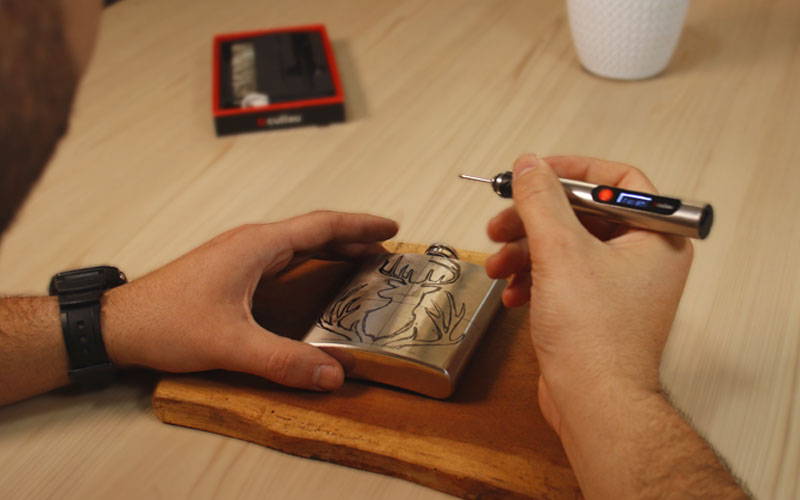
Introduction
Engraving rules are an important consideration when using an engraving pen and while working with jewelry, wood, and metal, among other things. These pens use a high-speed rotating bit to etch or carve designs into various materials. While engraving pens can be incredibly useful, it's important to follow proper guidelines and safety protocols to prevent accidents and injuries. In this blog post, we'll discuss the engraving rules to follow when using an engraving pen and provide some tips and best practices.
The Importance of Engraving Rules
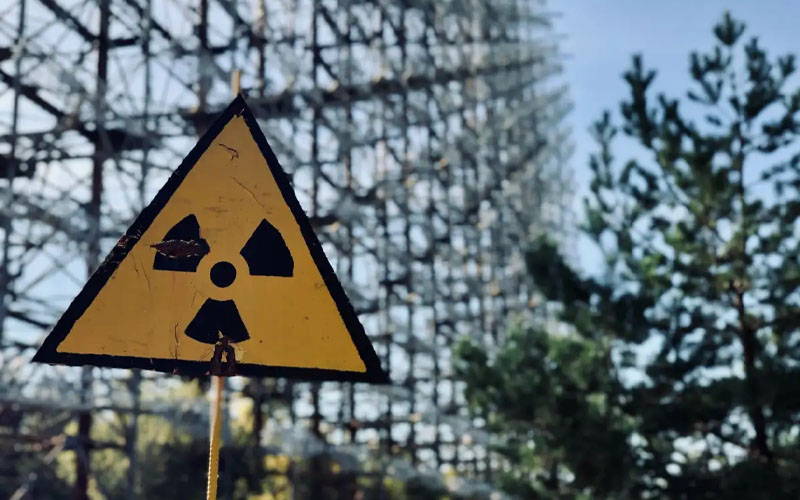
Using an engraving pen can present several potential hazards, including physical injuries and property damage. The high-speed rotating bit can cause cuts and abrasions if it comes into contact with skin, and the heat generated by the tool can cause burns. Additionally, the tool can create sparks and debris that can cause fires or damage to surrounding materials. It's essential to follow the proper engraving rules to prevent these types of accidents.
Personal protective equipment
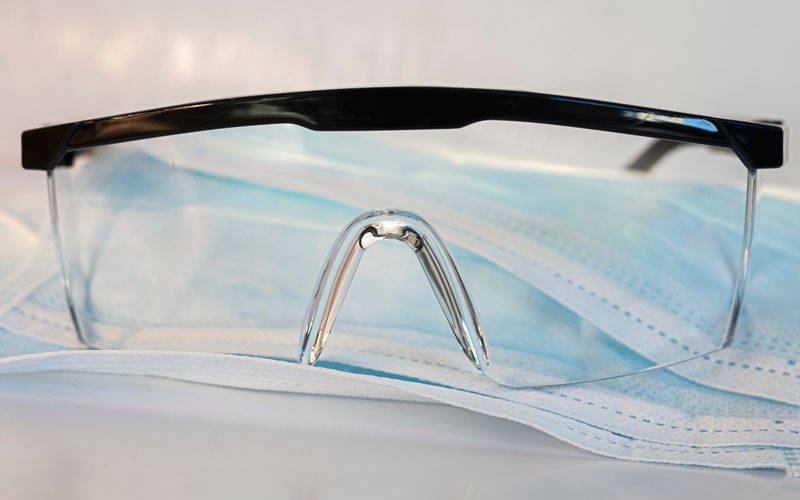
Wearing proper personal protective equipment (PPE) is crucial for ensuring a safe work environment when using an engraving pen. This may include safety glasses to protect your eyes from debris and non-skid gloves to protect your hands from cuts and burns. It's important to follow the manufacturer's guidelines and industry standards when selecting and using PPE, as different materials and tasks may require different types of protection. These engraving rules can help prevent injuries while using the tool.
Safe handling and storage
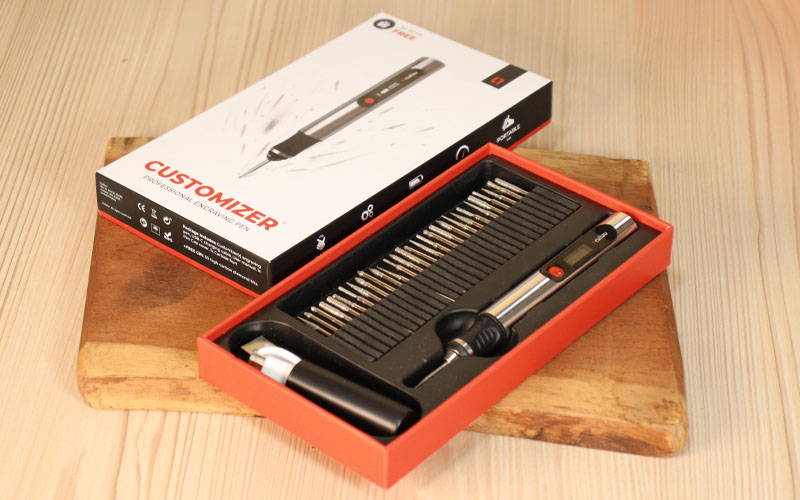
Proper handling and storage of your engraving pen is also crucial for ensuring a safe work environment. When handling the tool, make sure to use a firm, steady grip and keep your hands and fingers away from the rotating bit. Avoid using the tool for tasks it was not designed for, and make sure to properly maintain it by cleaning and lubricating it according to the manufacturer's instructions. These engraving rules will help extend the life of your tool and prevent accidents. When storing the tool, keep it in a secure, dry location out of the reach of children and untrained individuals.
Risk assessment
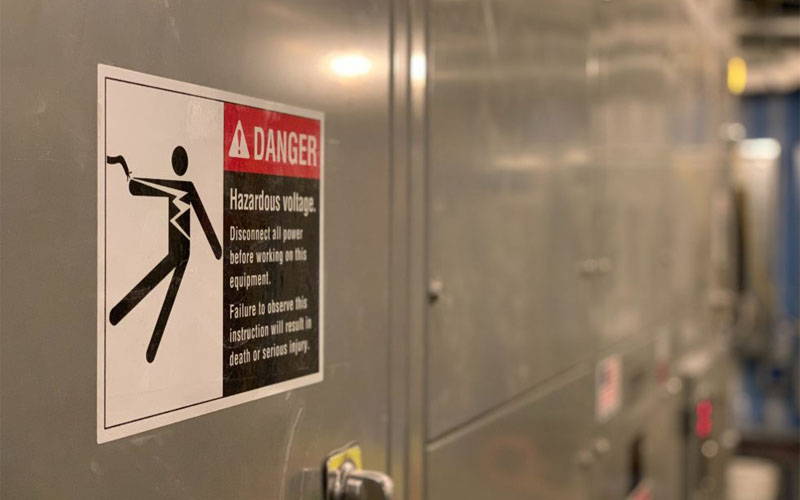
Before using an engraving pen, it's important to conduct a risk assessment to identify any potential hazards and evaluate the risks associated with using the tool. This can help you determine the appropriate controls and precautions to put in place to minimize the risks. To conduct a risk assessment, start by identifying the tasks that will be performed with the engraving pen and the materials and equipment that will be used. Next, evaluate the risks associated with each task, taking into account factors such as the type of material being engraved, the speed of the rotating bit, and the environment in which the work will be performed. Finally, implement controls to mitigate the identified risks, such as using appropriate PPE or implementing additional training or supervision. These engraving rules can help ensure a safe work environment.
Training and supervision
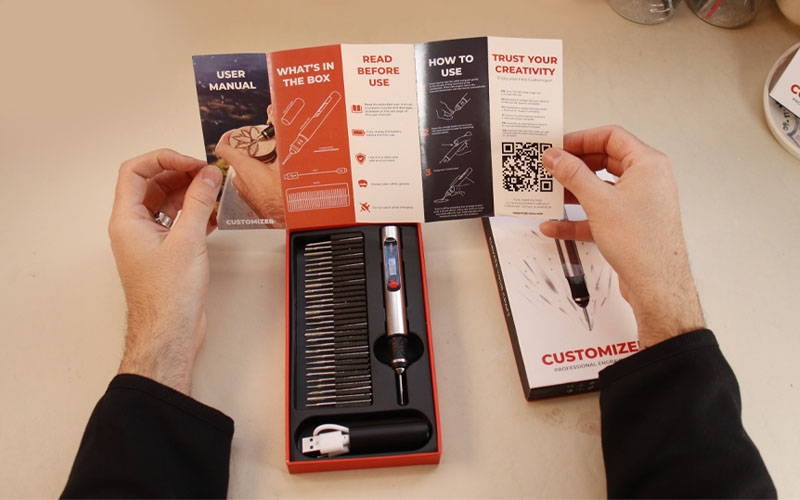
Proper training and supervision is especially important for inexperienced or novice users of engraving pens. Make sure that anyone who will be using the tool is properly trained in its safe use and handling, and that they understand the potential hazards and risks associated with the tool. It's also a good idea to have experienced individuals oversee the work of novice users to ensure that proper engraving rules are being followed.
Key considerations when engraving on different materials
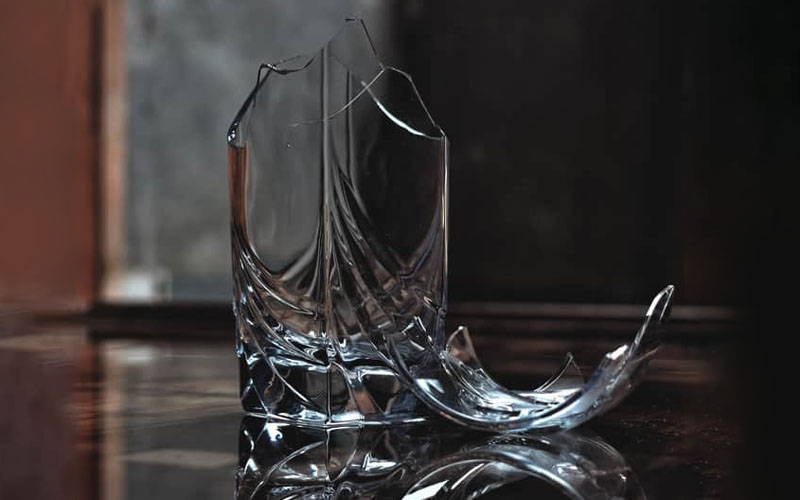







11 comments
Thanks for this helpful reminder. I also find thanks to COVID I have plenty of masks to prevent breathing in particulate Matter